 Any use of a font is a validation of its aesthetics, and since I find the aesthetics of Verdana appalling, I am sad to see it get validation from the likes of IKEA.
Any use of a font is a validation of its aesthetics, and since I find the aesthetics of Verdana appalling, I am sad to see it get validation from the likes of IKEA.
I feel like I got a bit of a scoop here, because I first noticed the use of Verdana at IKEA about a month ago. At the time I thought it was a fluke — I saw it on one of their vertical banners, posted near the cafe, and it appeared to be a locally-produced sign advertising some particular regional specialty they were temporarily adding to the menu. It looked like someone at the local store had tried to design a banner to match the corporate standard, but was ignorant of the nuances of fonts, and used Verdana because they either didn’t have Futura or couldn’t tell the difference (gasp!)… or both.
But then earlier this week I was leafing through the 2010 IKEA catalog that was sitting on our coffee table, when it struck me that the whole bloody thing was set in Verdana. How could this be?!
As I said, I feel like I got a bit of a scoop here, because I mentioned this observation on Twitter three days ago, and only now is it showing up on Daring Fireball via lonelysandwich via Hunk-O-Mass via jhn brssndn via hellaposer via Typophile. And apparently Typophile does not yet have the bandwidth to handle being “fireballed” and “sandwiched” (and… uh… “34ed”… yeah, that’s it), since I can’t get it to load right now.
I feel like I’m in good company though, because these guys are echoing my longstanding sentiments towards Verdana. From Gruber:
I have never seen Verdana look good in any way other than in small sizes on-screen.
And, even more on-the-money, from Lisagor:
Sure, Gruber uses it tastefully, but at anything larger than 11pt, it feels to me a bit squat and dopey. Friendly and readable, but a little bit simple, in the way you’d say a person is simple, but only behind his back.
Well played. Part of IKEA’s rationale is that “they want to be able to give the same visual impression both in print and the web.” Well, that can be done without resorting to this abominable solution. Especially with the imminent ascension of @font-face.
Here’s hoping 2011 will bring a return to sanity.
